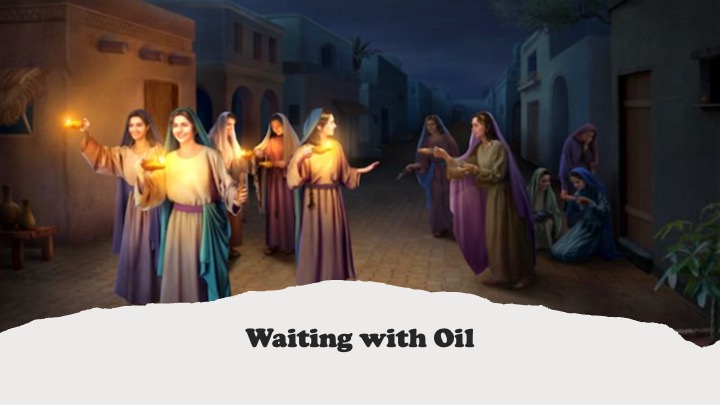The early chapters of Genesis reveal that worship is more than words or rituals—it is a way of life, shaped by obedience, faith, and relationship with God. Before sin, Adam and Eve worshiped God through direct communion, their very existence in Eden an act of continual worship. After the Fall, worship changed, requiring sacrifice, prayer, and calling on God’s name as humanity sought restoration. The Sabbath, given before sin, remained a holy time for worship, reflection, and connection with the Creator, pointing to God’s eternal purpose for His people.
After sin entered the world, true worship required faith in God’s plan for redemption. Abel’s offering demonstrated faith and obedience, while Cain’s offering reflected self-will and human effort—a distinction that foreshadows the ongoing conflict between true and false worship. Worship now required sacrifice, dependence, and repentance, as humanity longed to be reconciled with God. The descendants of Seth began to call on the name of the Lord, marking the beginning of corporate prayer and worship, even as the world grew increasingly sinful.
Among them, Enoch stands as the greatest example of post-Fall worship, walking so closely with God that he was taken directly into His presence. His life demonstrates the power of faith, obedience, and seeking God in a corrupt world. Enoch’s translation prefigures the final victory of those who remain faithful, pointing to the hope of eternal life with God. From Eden to Enoch, Genesis lays the foundation for worship—a foundation ultimately fulfilled in Christ, who restores our direct access to God. May we, like Enoch, walk in faithful worship, calling on the name of the Lord until we see Him face to face.

The Parable of the Ten Virgins (Matthew 25:1-13) is a critical piece of Jesus’ final prophetic teaching on the Mount of Olives, designed to...

Solomon tells us in Ecclesiastes: “Two are better than one, because they have a good return for their labor: If either of them falls...

The final week of Jesus’ life is called “Passion Week,” after the Greek verb, “to suffer,” pascho. But this week is also aptly named...